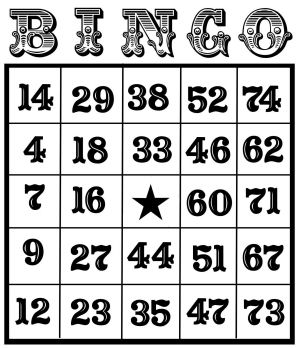 I woke up this morning thinking about someone I once knew. Let's call him Dave. We worked at the same company for quite a few years. Dave was an imposing man, both in size and personality. He presented himself as a man's-man-ladies' man. Golfer, drinker, joker, talker about his exploits; flirter, flatterer, self-reporting player of the field. I had my doubts that he actually liked the company of women. I would say he was sexist, oh and racist, too. It went with the good old boy persona.
I woke up this morning thinking about someone I once knew. Let's call him Dave. We worked at the same company for quite a few years. Dave was an imposing man, both in size and personality. He presented himself as a man's-man-ladies' man. Golfer, drinker, joker, talker about his exploits; flirter, flatterer, self-reporting player of the field. I had my doubts that he actually liked the company of women. I would say he was sexist, oh and racist, too. It went with the good old boy persona.Eventually, Dave had a serious illness and had to retire on disability. He began to play bingo regularly. The games were held in a storefront in a rundown shopping plaza. It was hard to imagine the Dave of old in that place. Spending time with people he would have joked about before.
One day he came in the office and told a story about bingo. A young woman he'd met there turned up pregnant and unmarried. Dave was organizing a baby shower for her.
I was so surprised at the changes in Dave. Through his illness, he lost almost every source of personal identity, yet after a long, hard time, he emerged a nicer person. A man who would plan a baby shower for someone he would have sneered at a few years earlier.
Story-telling hinges on change. Without change, it's an anecdote, not a story. It's apt to be boring. But through the changes we see in a character, whether because he or she gains greater self-knowledge or because of the changes in his or her circumstances, we are made to reflect on ourselves. If I had gone through such an illness, suffered those losses, how would I have reacted? Would I have turned inward or would I have sought out a new world, new people, a new identity?
Dave's life could be a novel. It would be a rich and complex book about a complex character. He was transformed by adversity, and that intrigues. Transformation is the root of story. Bingo.
